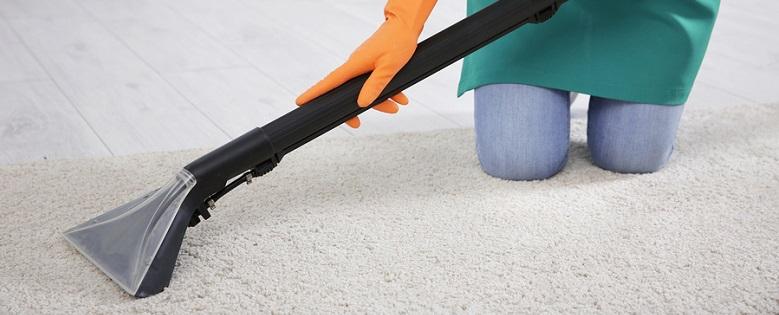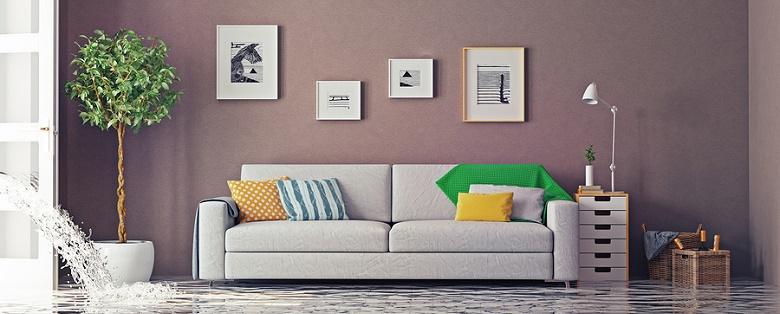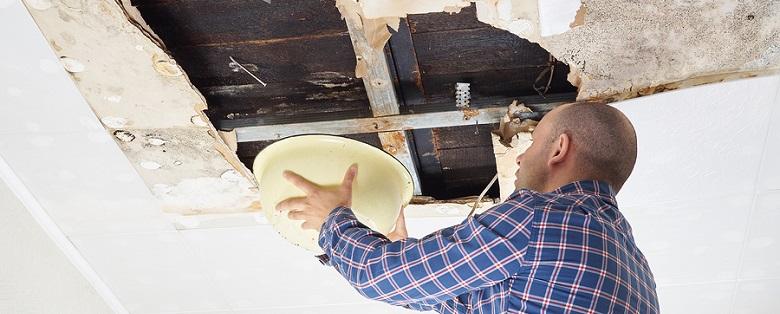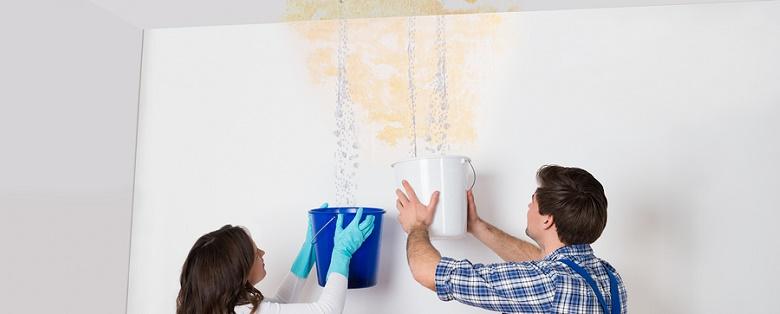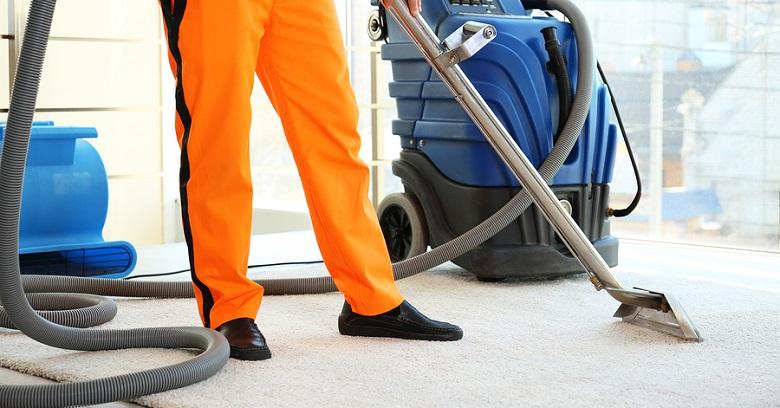
When your home is flooded and carpets are saturated or submerged, you must act fast to prevent permanent water damage that could ruin it. Unless the water originated from a clean supply line, you should always assume it is contaminated and begin the appropriate water damage restoration efforts.
Beyond getting all the water out and then drying the carpet, the main concern is getting your carpet safely clean. To remove contaminants and microorganisms to prevent the growth of mold or mildew, you can either arrange for professional water damage restoration services to do the job or use the carpet cleaning techniques suggested below.
Assess the Situation
Before attempting any type of water damage restoration on your carpet, determine what you need to do and if it is worth the effort. If the carpet has been sitting in water contaminated by sewage for more than a day or two, discarding it is usually the best idea. If the carpet is old, worn, was scheduled for replacement, it may not be worth the time and expense of cleaning it.
Remove the Carpet if Possible
If you do decide to clean your carpet and limit the water damage, the next step is to remove the carpet if possible. Carefully pull up carpets that have been stapled or tacked down, roll them up, and take them out of the house. Lay carpets flat on the driveway, in the garage, or on some other surface so you can clean and dry them out.
Pull up and discard saturated padding and replace with new padding when you are ready to replace the carpet. Carpets that are glued down and cannot be removed must be cleaned with techniques used by water damage restoration services.
Cleaning A Carpet Outside
Begin water damage restoration by rinsing the carpet with a garden hose and spray nozzle, spraying in side-to-side sweeps to push contaminated water out. Turn the carpet over and repeat, then repeat the process on the front side. Next, apply a carpet cleaning solution that is made for this type of cleaning, i.e. a diluted ammonia or pine cleaning solution or a mixture of ½ cup of chlorine bleach to 1 gallon of water.
Let the solution soak for 5 to 10 minutes, then rinse it out using the same technique as referenced above. Do it to the front and back until the solution is completely removed and no residue appears when using the hose sprayer. These solutions may fade or stain your carpet; however, a thorough cleaning to remove pathogens is necessary to make it safe to use again.
Cleaning A Carpet In Place
To clean your carpet in the house after it has sustained water damage, begin by suctioning up as much water as possible with a wet/dry vacuum. Next, use a carpet cleaning machine to apply water and cleaning solutions; clean it the same way to remove pathogens and other contamination.
Depending upon how soiled the carpet is and how dirty the padding underneath has become, it may be difficult to clean the carpet enough to remove all microorganisms and prevent bacterial or mildew growth. In order to save the carpeting, a better choice may be to hire water damage restoration services to do a deep cleaning with their industrial machines.
After cleaning carpet with any of the above options, finish water damage restoration by drying it as quickly as possible using wet/dry vacs, fans, and dehumidifiers; you can also let it dry outside. If mold or mildew grow before the carpet can be dried or if odors or stains due to the water damage remain, the carpet may not be salvageable. To increase the chance of saving carpets that have been damaged by contaminated water, consider hiring professional water damage restoration services right away!
